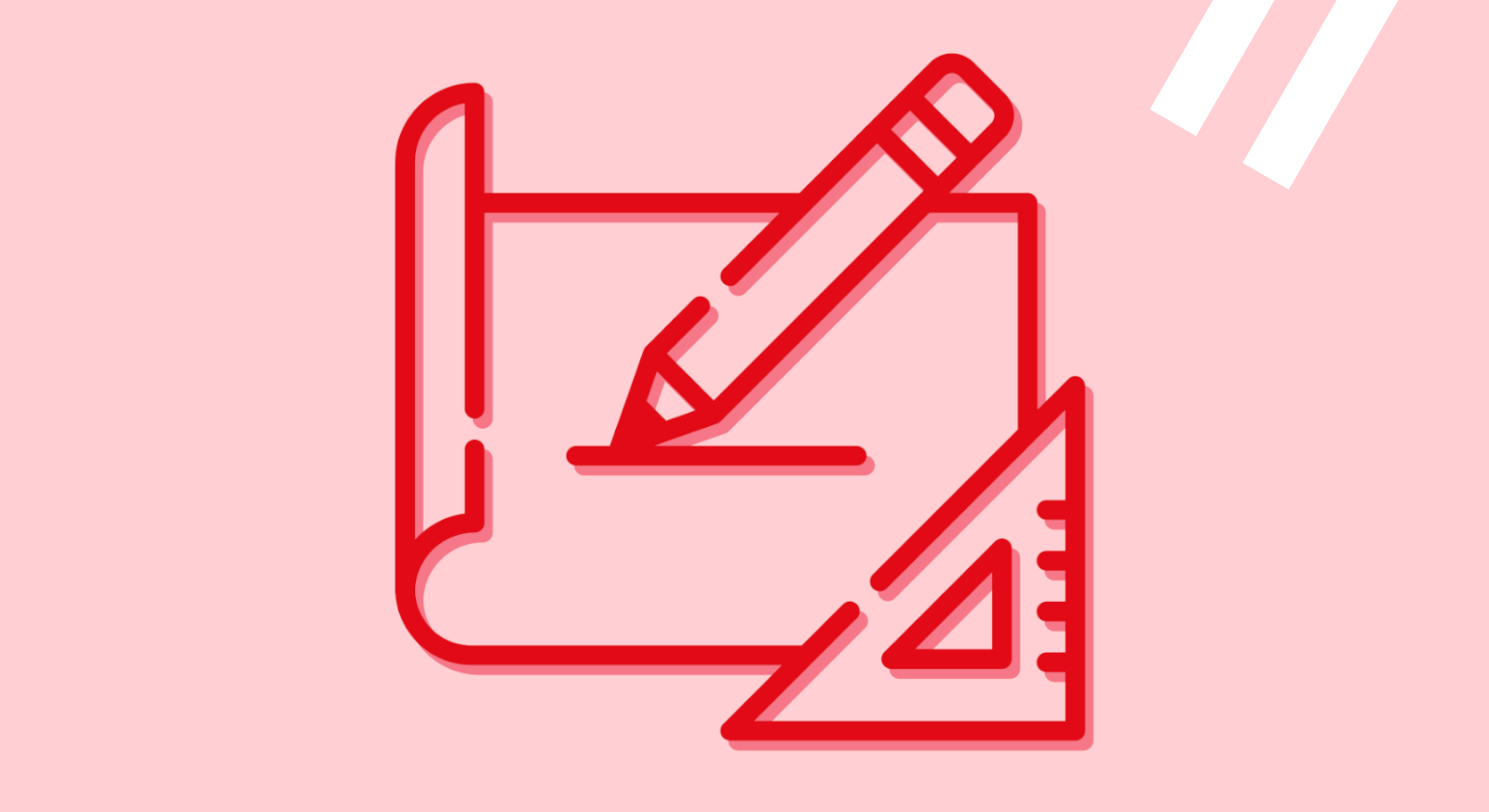Designers today constantly talk about the importance of focusing on user needs. But it wasn’t always that way. It's a habit they had to learn.
A couple of months ago, I read The Practical Idealists, an official history of the Design Research Unit (DRU), which I found in a second-hand bookshop in Stroud. It was gleaming and modern, with vibrant sans serif typography, among all the old, brown paperbacks.
The DRU was founded in 1943 and is one of the first examples of what we’d recognise as a modern design consultancy. Its talented team practically defined Britain’s image in the post-war period.
For example, early on, they contributed to the 1946 ‘Britain Can Make It’ design exhibition – a signal to the world that British industry was back in business after World War II — and to the 1951 Festival of Britain.
Perhaps most famously, in the 1960s, they designed the corporate identity for British Rail. That’s documented in detail in another book, British Rail Designed 1948-97 by Lawrence David. From the double arrow logo to the typeface, Rail Alphabet, DRU designers pinned down every aspect of British Rail’s look and feel in a hefty corporate identity manual.
The authors of The Practical Idealists argue that until the 1950s, people in Britain were assumed to be completely uninterested in how products and services looked and felt. They only cared about how cheaply and efficiently they could be produced.
What this meant for design as a discipline, the book goes on to suggest, was:
- It was devalued – if consumers didn’t care, why spend time and money on it?
- It gave designers too much power because they were the only people in the process concerned with aesthetics.
As the book puts it:
“The effect of this attitude over the years was for the aesthetic aspects of industrial design to develop into a mystique. It was almost as though ‘good design’... was a special kind of look or style which you either liked or you didn’t... Thus, during the fifties, the idea had become established that the visual aspects of a product were matters which should be left entirely to the designer whose own taste and judgement were ‘correct’, even though the consumer might have quite different views.”
That’s the bit that really caught my attention.
Designers and their ‘good taste’
Nowadays, designers fight hard to suppress their personal taste and the bias it brings.
Who cares if you prefer serif type if evidence suggests that a key audience finds sans serif more readable? So what if you hate the Oxford comma when evidence suggests it makes sentences easier to parse? And those colours that look so cool together – do they provide enough contrast?
But 70+ years ago, a designer might be expected to cultivate that personal taste and be able to say, with confidence, “This looks and feels right. That looks and feels wrong.”
My impression is that they were often artists who had chosen to apply their skills to practical purposes. Eric Gill, the controversial designer of the Gill Sans font, was a sculptor, for example. And their role was to make industrial products feel at least a little handmade, as if some human feel had gone into them.
In other words, if any particular user need was being met, it was a need to feel that the mass-produced items they could afford to buy had personality, and soul. So, designers were encouraged to express themselves and to be artistic, within certain strict parameters.
“It is a capital mistake to theorise before one has data”
It’s noteworthy that one of the most famous examples of modern design, taking into account usability and user needs, was Harry Beck’s amazing London tube map, from 1933. Beck wasn’t an artist or a designer, but an electrical draughtsman.
His map, however, is what we’d recognise today as pure design. He defined the problem – a confusing map with too many lines – and let that guide him. His creative genius wasn’t good taste but lateral thinking. Why let distance, scale and geography get in the way if something that ignores them will work better for users?
It still feels like a form of self expression, only what’s being expressed is frustration: there is a better way!
Jump forward 30 years and what comes next, in the story of the DRU and of the British design industry more generally, begins to feel comfortably familiar: research, data and user needs entered the equation.
Here’s how authors Avril and John Blake explain it in The Practical Idealists:
“A growing awareness of the human sciences... gave rise to a new emphasis on the use of logical principles in design, and enabled the problem of aesthetics to be seen as part of a wider concern with human values in the total design mix... Ergonomics had the most direct influence on design thinking, since it encompassed a number of specialised aspects of human science including anthropometry, physiology, anatomy, and psychology, all of which could be seen to be directly relevant to product design.”
These days, you don’t hear much talk about ergonomics, except when you’re undertaking mandatory training to make sure you sit at your desk properly. That’s probably because it’s less relevant in the development of digital products and services than in regard to physical ones.
The Blakes go on:
“Ergonomics has influenced design in three main directions. First, it emphasised that, in the design of products, the needs of consumers were more important than those of the designer; second, it put forward the then rather novel idea that such needs can be determined by scientific means, rather than by guesswork or intuition; and third, it provided a systematic framework for the design activity.”
That line, “the needs of consumers were more important than those of the designer”, is important. It’s also something I hear my colleagues say, in so many words, multiple times per day.
As a Content Designer, I certainly hope I always put user needs first, and challenge myself constantly. Is there a simpler, clearer, more accessible way to get this information across? Does there need to be content here at all?
I also fight the urge to make assumptions. Good as I might be at putting myself in the user’s shoes, and empathising, nothing beats hard data and user research.
There’s one more line from the DRU autobiography that strikes me as especially sharp:
“In many cases, solutions to problems derived by an ergonomist were described as common sense. What is interesting, however, is that while the result was seen to be common sense once the solution had been provided, the common sense was by no means so obvious at the start.”
Or, as my colleague Paul Bailey, Head of Design at SPARCK, puts it: “Common sense is often another word for assumption.”



